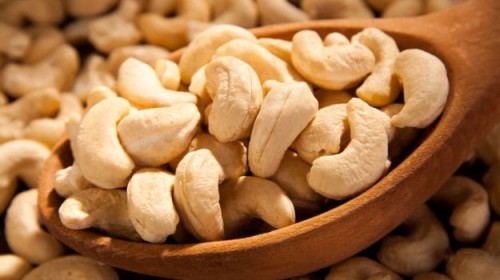
Cashew Nut Investment
Europe - 9 Month(s)20%
Description
Agropartnerships is a simple and secure collaborative platform that enables you to engage in profitable agribusiness opportunities from the comfort of your home. You can invest in Farms, trade in commodities, and count your profits in no time. Cashew nuts are one of Nigeria’s key commodities earning the nation around $1.5 billion in the last 3 years alone. With around 320,000 tonnes produced in 2016, Nigeria was the second-largest producer after Vietnam and accounted for 20% of global production. About Cashews History: The Cashew tree which is native to Northeastern Brazil was brought to the African continent by Portuguese traders in the 15th century. Now prevalent in over 20 countries worldwide, Vietnam, Nigeria, India and Ivory Coast now lead the pack. The harvest season for Cashew begins in February and goes on to the end of May. Cashew is mostly harvested by smallholders in Kogi, Oyo, Kwara, Enugu, Edo and a few other states. They pick the Oval shaped seed from the Cashew Apple and then dry it before selling to Aggregators.
Production in East and West African countries is increasing significantly, but due to a lack of processing (shelling) capacities, African producers export most of their crops as in-shell cashew nuts to Vietnam and India. India and Vietnam are the two largest processors of cashew nuts, and the main suppliers of the world and the European market. The processing capacity in these two countries exceeds their crops, and so they both import a lot of in-shell cashew nuts primarily from Africa, but Vietnam is increasingly importing from Cambodia too.
What makes Europe an interesting market for cashew nuts?
According to Tridge, Europe is the largest importer of cashews nut kernels in the world, accounting for 35-40% of global cashew import value. The value of European cashew nut imports increased by an average of 2% a year in the 2017-2021 period, and volumes increased 6.5% annually over the same time. Cashew nut imports continued to increase in 2021, when the imported volume was 11 thousand tonnes more than in 2020. Virtually all cashew imports from outside Europe come from developing countries.
In the next five years, the European market for cashew nuts is likely to increase with an annual growth rate of 3-5%. Demand for cashew nuts in Europe is stable, but import quantities sometimes fluctuate due to variable production in the main supplying countries. Regular fluctuations in imports will continue to be influenced by the harvested crops and price situation rather than changes in demand.
Although the demand for cashew nuts in the European market is quite stable, it is influenced by price fluctuations. The price of cashew nuts is higher compared to most other nuts on the European market. A high price can impact consumer behaviour, as they may turn to other, cheaper nuts. The high price can influence the demand for cashews by companies that use them as an ingredient for nut mixes, breakfast mixes or vegan spreads, dairy and cheeses. If cashews are expensive, the manufacturers will reduce the share of cashew nuts in a mix and increase the shares of cheaper nuts.
Plan Updates
| S / N | Information | Report | Activity | Stage | Weeks |
|---|